
Diverse strategies coping with winter in barley and its relatives
Plant Physiology, Plant Physiology: News and Views, ResearchThe Poaceae is one of the largest plant families in angiosperms, containing more than 12,000 grass species, which are classified into two major clades: PACMAD (Panicoideae, Arundinoideae, Chloridoideae, Micrairoideae, Aristidoideae and Danthonioideae) and BOP (Bambusoideae, Oryzoideae and Pooideae) (Fig.…
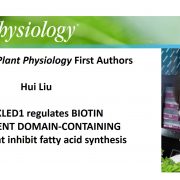
Recognizing Plant Physiology first authors: Hui Liu
Plant Physiology, Plant Physiology: Author ProfilesHui Liu, first author of WRINKLED1 regulates BIOTIN ATTACHMENT DOMAIN-CONTAINING proteins that inhibit fatty acid synthesis
Current position: Research Associate, Biology Department, Brookhaven National Laboratory (BNL)
Education: MS in Cell Biology, Sun Yat-sen University
Non-scientific Interests:…

Recognizing Plant Cell first authors: Jingjing Cao
The Plant Cell, The Plant Cell: Author ProfilesJingjing Cao, co-first author of Evolutionary metabolomics identifies significant metabolic divergence between maize and its wild ancestor, teosinte
Current Position: Assistant researcher at Institute of Plant Protection, Jiangsu Academy of Agricultural Sciences, China
Education: PhD in Botany,…

Recognizing Plant Cell first authors: Guanghui Xu
The Plant Cell, The Plant Cell: Author ProfilesGuanghui Xu, c0-first author of Evolutionary metabolomics identifies significant metabolic divergence between maize and its wild ancestor, teosinte
Current Position: Ph.D. student at China Agricultural University
Education:
Ph.D. candidate in Plant Genetics and Breeding, China Agricultural University
Master’s…
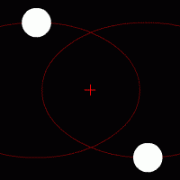
The two-body problem - Perspectives of an early career researcher
Blog0 Comments
/
Guest Post by Gaurav Moghe
The two-body problem has been a classical mechanics problem in physics since at least Newtonian times. However, the first suggestion of Google’s autocomplete feature is “two-body problem academia”, with at least the first 90+ results being very relevant to the topic.…
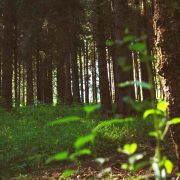
Evolving From a Focus on Mentee to Cultivating a Mentoring Ecosystem
BlogGuest post by Beronda L. Montgomery (@BerondaM)
Note: This contribution is adapted from a blog post original posted at http://www.berondamontgomery.c... on January 20, 2019
Many current “mentoring” programs focus primarily on interventions for those being mentored, i.e., mentees (or sometimes…
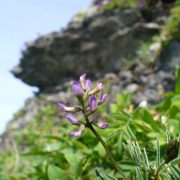
Diverse plants, diversity in botany
BlogGuest post by Paul Sokoloff, Senior Research Assistant, Botany, Canadian Museum of Nature
Astragalus, the milkvetch genus, is a massive group of plants in the pea family that has diversified into over 3000 species, which can be found in various habitats across the northern hemisphere. Its also a…
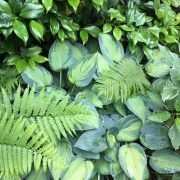
What if Plant Scientists were as Diverse as the Plants we Study?
BlogGuest post by Jennifer Nemhauser & Elizabeth Haswell
This spring, in collaboration with Joanna Friesner, we launched DiversifyPlantSci (1), an on-line directory of self-nominated plant scientists who share identity with groups that are currently minoritized in STEM fields. Membership now exceeds…
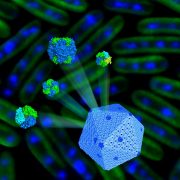
Self-assembling organelles for CO2 fixation: stoichiometry and structural plasticity
Research, The Plant Cell, The Plant Cell: In a NutshellSun et al. investigate how carboxysomes are constructed and regulated in cyanobacteria. Plant Cell https://doi.org/10.1105/tpc.18.00787
By Luning Liu
Background: All cells are composed of well-defined compartments to encase enzymes and reactions to increase the efficiency of biological processes.…

